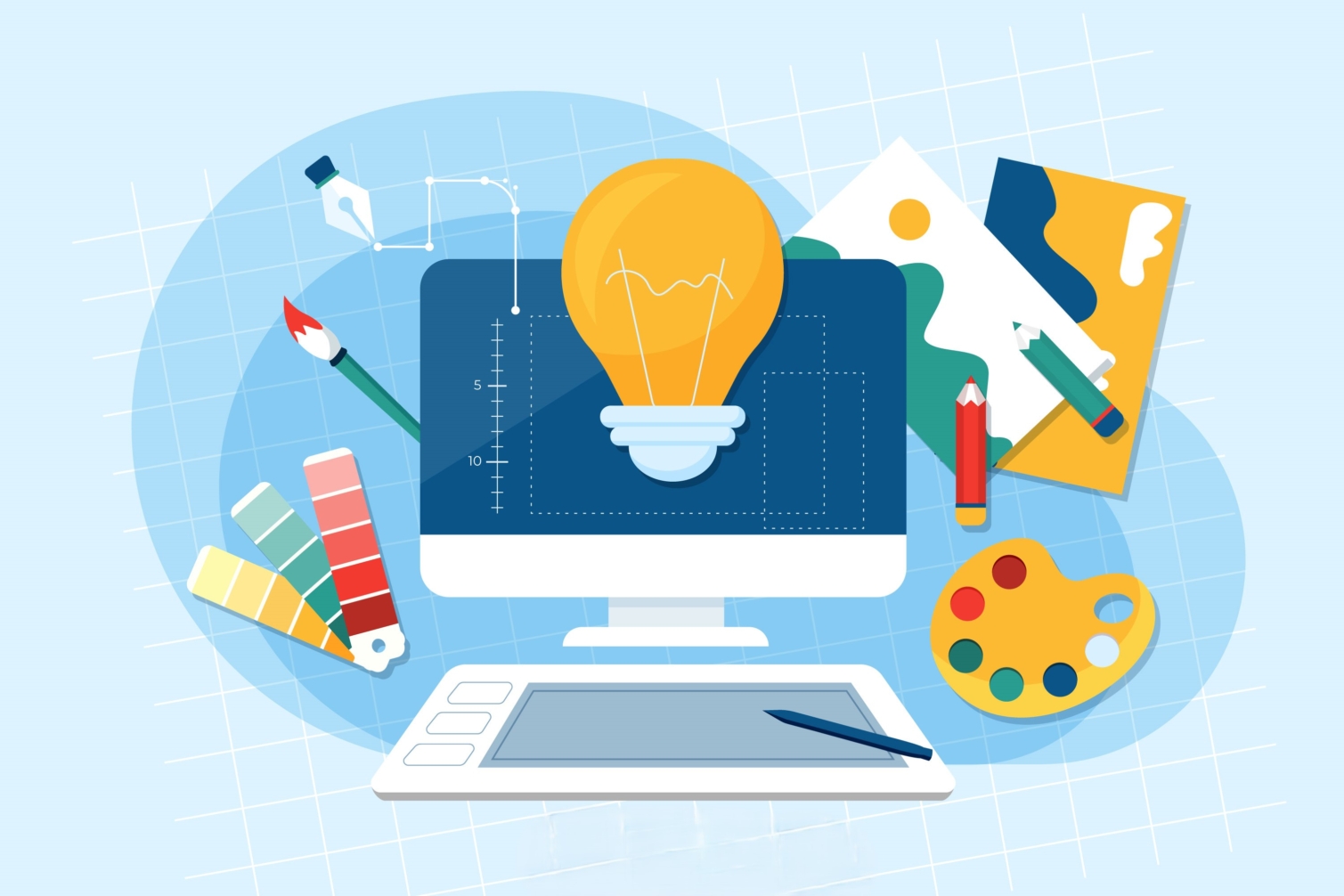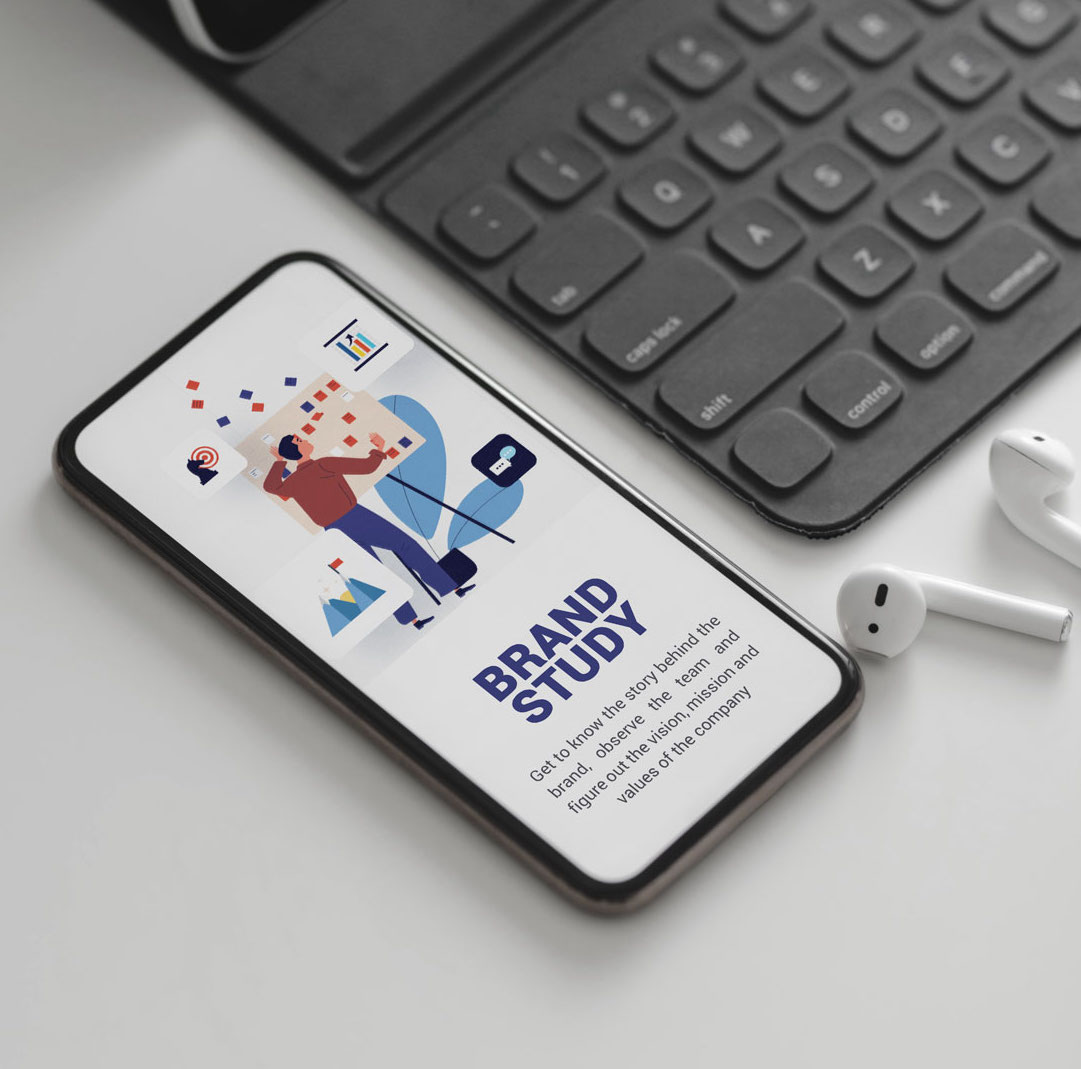Designing a logo is more than just choosing an attractive visual. It’s a journey from understanding a brand’s essence to creating a symbol that resonates deeply with its audience. An iconic logo doesn’t happen by chance; it’s the result of a deliberate and well-structured design process. In this blog, we’ll walk you through the step-by-step approach to transforming a concept into a powerful logo that not only represents a brand but also stands the test of time.
Understanding the Brand
- Objective: The first step is to deeply understand the brand for which the logo is being designed. This includes understanding the brand’s mission, values, target audience, and the overall message it wants to convey.
- Brand Questionnaire: Often, designers use a brand questionnaire to gather this information, asking questions like: What are the brand’s core values? Who is the target audience? What differentiates the brand from its competitors?
Research and Inspiration
- Industry Research: Research the industry the brand operates in to identify common design trends, colors, and symbols. This helps in creating a logo that stands out but is still relevant to the industry.
- Competitor Analysis: Analyze competitors’ logos to understand what works and what doesn’t. This helps in avoiding similarities and creating a unique identity.
- Mood Boards: Designers often create mood boards to gather inspiration and visualize the look and feel of the logo.
Brainstorming and Sketching
- Idea Generation: Begin brainstorming ideas based on the research. Sketching is an important part of this process because it allows the designer to quickly explore different concepts.
- Doodles and Drafts: These initial sketches are usually rough and vary widely. The goal is to capture the essence of the brand through visual representation.
Concept Development
- Refining Ideas: From the initial sketches, select a few that best represent the brand and refine them. This could involve tweaking the shapes, adding color, or experimenting with typography.
- Digital Drafts: Move the refined sketches into digital format using design software. At this stage, the designs are still in draft form, but they are more polished and start taking shape.
Feedback and Revisions
- Client Feedback: Present the best concepts to the client and gather feedback. The client’s perspective is crucial as they know their brand better than anyone.
- Revisions: Based on the feedback, make the necessary revisions. This may involve changes in color, typography, or even starting from a new concept if needed.
Finalizing the Design
- Polishing: Once the revisions are complete, finalize the design by refining every detail. This includes ensuring the logo looks good in different sizes and on various platforms (print, web, merchandise, etc.).
- Color Variations: Create different versions of the logo, including black and white, grayscale, and full color.
Logo Presentation and Approval
- Mockups: To help the client visualize the logo, create mockups showing the logo in real-world applications (e.g., on business cards, websites, signage, etc.).
- Final Approval: Once the client is satisfied, obtain final approval.
Delivery and Launch
- File Formats: Deliver the logo in various file formats (e.g., AI, PNG, JPEG, SVG) to the client for different uses.
- Brand Guidelines: Provide a brand guideline document that outlines how the logo should be used, including color codes, spacing, and usage rules.
- Launch Strategy: Assist the client with launching the new logo across all their platforms, ensuring consistency in its usage.
Post-Launch Review
- Feedback: After the logo has been in use for a while, gather feedback from the client and the audience. This can help in understanding how well the logo resonates with the target audience.
- Tweaks (if needed): If any minor adjustments are needed based on the feedback, they can be made post-launch.
Wrap-up
This detailed process ensures that the final logo not only looks good but also resonates with the brand’s identity and appeals to its target audience. Get started into a journey of implementing your brand identity with us.




